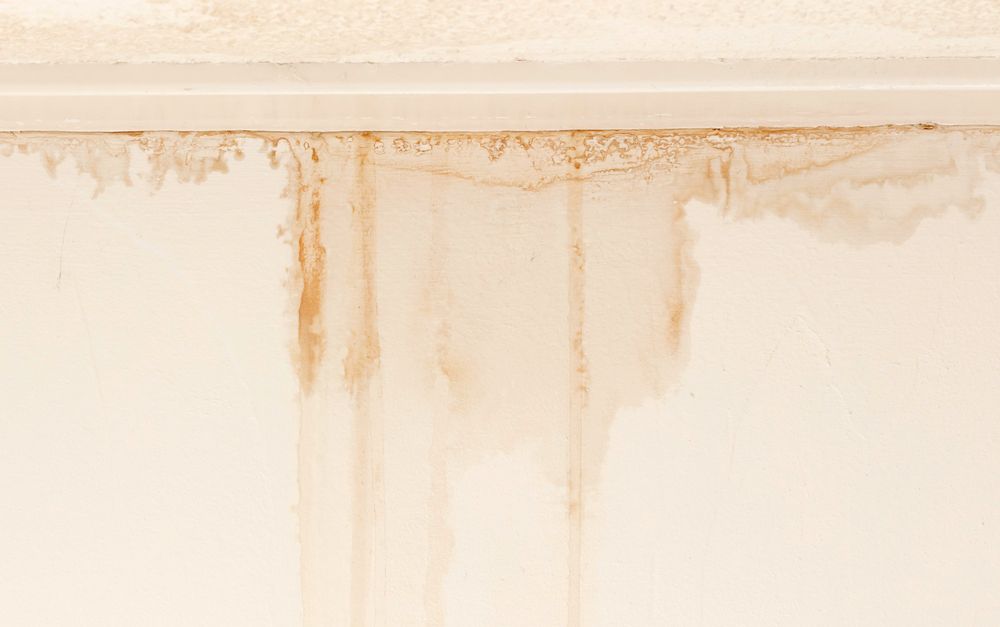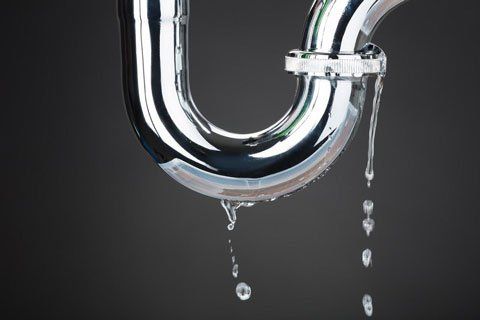6 Ways to Locate Concealed Water Leaks in Your Home
6 Ways to Locate Concealed Water Leaks in Your Home
Blog Article
Are you currently on the lookout for answers about Locating water leaks?

Early detection of dripping water lines can alleviate a possible disaster. Aside from conserving you cash, it will lessen the irritation and aggravation. The minute you discover a leakage, calling your plumber for repair work is the very best option. Some little water leakages might not be visible. Right here are some hacks that help if you can not find it with your naked eyes.
1. Check Out the Water Meter
Examining it is a proven method that aids you find leakages. If it moves, that shows a fast-moving leakage. This indicates you may have a slow leakage that could also be underground.
2. Check Water Intake
If you detect sudden modifications, regardless of your consumption being the exact same, it indicates that you have leakages in your plumbing system. A sudden spike in your bill suggests a fast-moving leakage.
A constant rise every month, also with the very same routines, reveals you have a sluggish leak that's also slowly rising. Call a plumber to extensively inspect your property, specifically if you really feel a warm area on your flooring with piping beneath.
3. Do a Food Coloring Test
30% comes from commodes when it comes to water usage. Test to see if they are running appropriately. Drop flecks of food color in the tank and wait 10 minutes. If the shade somehow infiltrates your bowl during that time without flushing, there's a leakage in between the container as well as bowl.
4. Asses Outside Lines
Don't forget to examine your exterior water lines also. Needs to water permeate out of the link, you have a loose rubber gasket. One tiny leak can throw away tons of water and also increase your water expense.
5. Examine and Assess the Circumstance
Property owners need to make it a routine to check under the sink counters and also even inside closets for any type of bad odor or mold and mildew growth. These 2 red flags indicate a leak so timely attention is required. Doing routine examinations, also bi-annually, can conserve you from a major issue.
Extra importantly, if you recognize your house is currently old, maintain a watchful eye on your heating systems, hose pipes, pipelines etc. Look for discolorations as well as damaging as many devices and pipes have a life expectancy. They will certainly additionally normally degrade because of tear as well as wear. If you suspect dripping water lines in your plumbing system, do not wait on it to escalate. Call an expert plumber as soon as possible so you don't wind up with a horrible mess in your home.
Early detection of leaking water lines can reduce a prospective catastrophe. Some small water leaks may not be visible. Checking it is a surefire way that helps you discover leakages. One little leakage can lose bunches of water and also surge your water costs.
If you presume dripping water lines in your plumbing system, do not wait for it to intensify.
WARNING SIGNS OF WATER LEAKAGE BEHIND THE WALL
PERSISTENT MUSTY ODORS
As water slowly drips from a leaky pipe inside the wall, flooring and sheetrock stay damp and develop an odor similar to wet cardboard. It generates a musty smell that can help you find hidden leaks.
MOLD IN UNUSUAL AREAS
Mold usually grows in wet areas like kitchens, baths and laundry rooms. If you spot the stuff on walls or baseboards in other rooms of the house, it’s a good indicator of undetected water leaks.
STAINS THAT GROW
When mold thrives around a leaky pipe, it sometimes takes hold on the inside surface of the affected wall. A growing stain on otherwise clean sheetrock is often your sign of a hidden plumbing problem.
PEELING OR BUBBLING WALLPAPER / PAINT
This clue is easy to miss in rooms that don’t get much use. When you see wallpaper separating along seams or paint bubbling or flaking off the wall, blame sheetrock that stays wet because of an undetected leak.
BUCKLED CEILINGS AND STAINED FLOORS
If ceilings or floors in bathrooms, kitchens or laundry areas develop structural problems, don’t rule out constant damp inside the walls. Wet sheetrock can affect adjacent framing, flooring and ceilings.
https://www.servicemasterbyzaba.com/blog/how-to-detect-water-leakage-in-walls/

As a passionate reader about Hacks to detect leaks, I think sharing that post was necessary. Sharing is good. You won't know, you may very well be doing someone a favor. We love reading our article about Leaking water lines.
Report this page